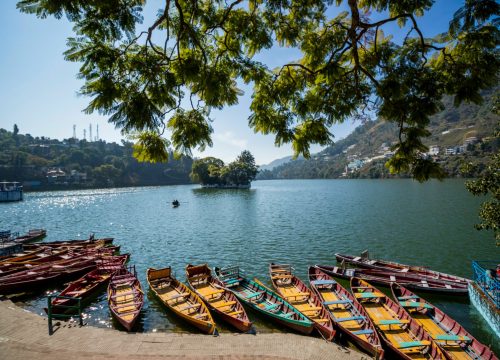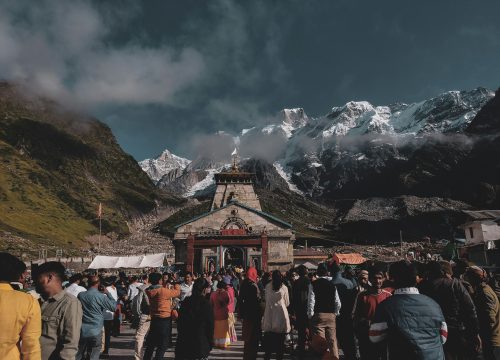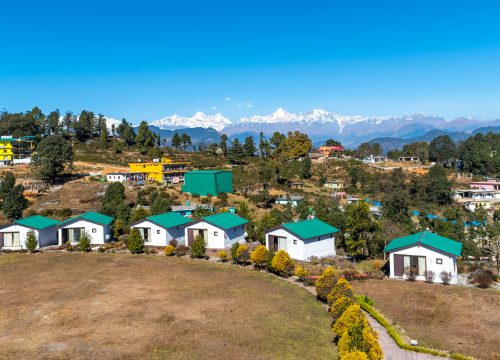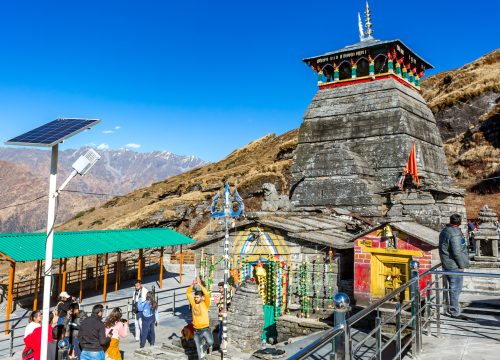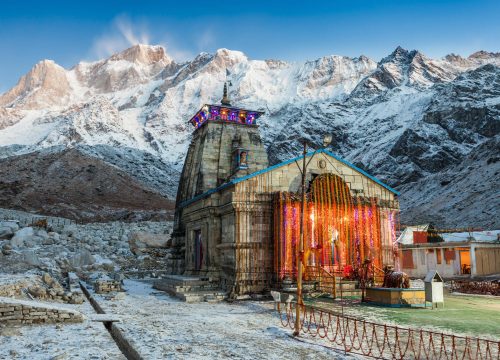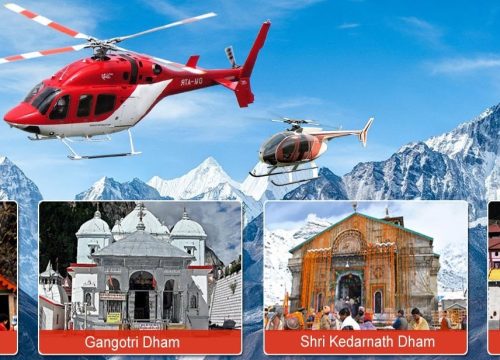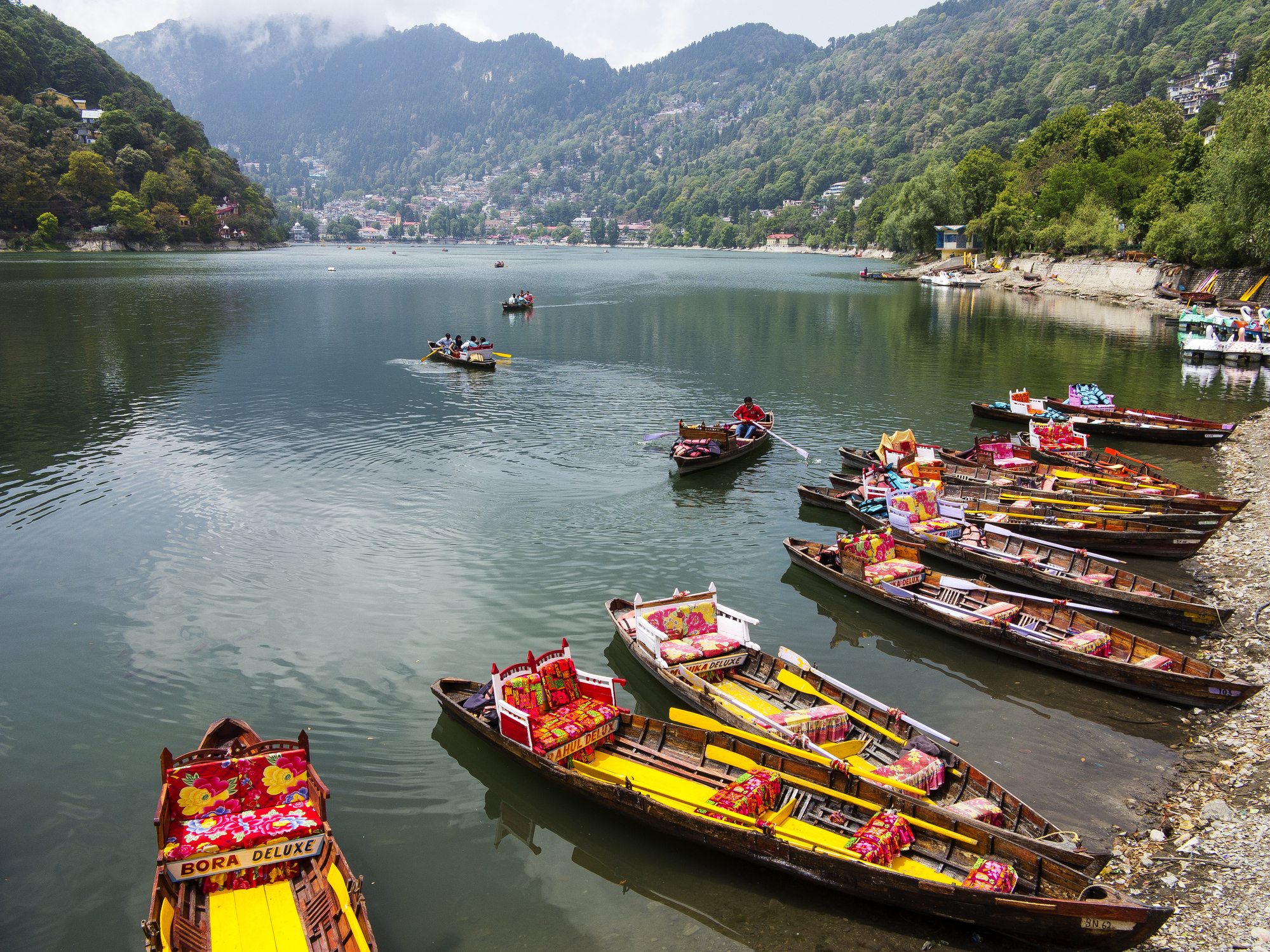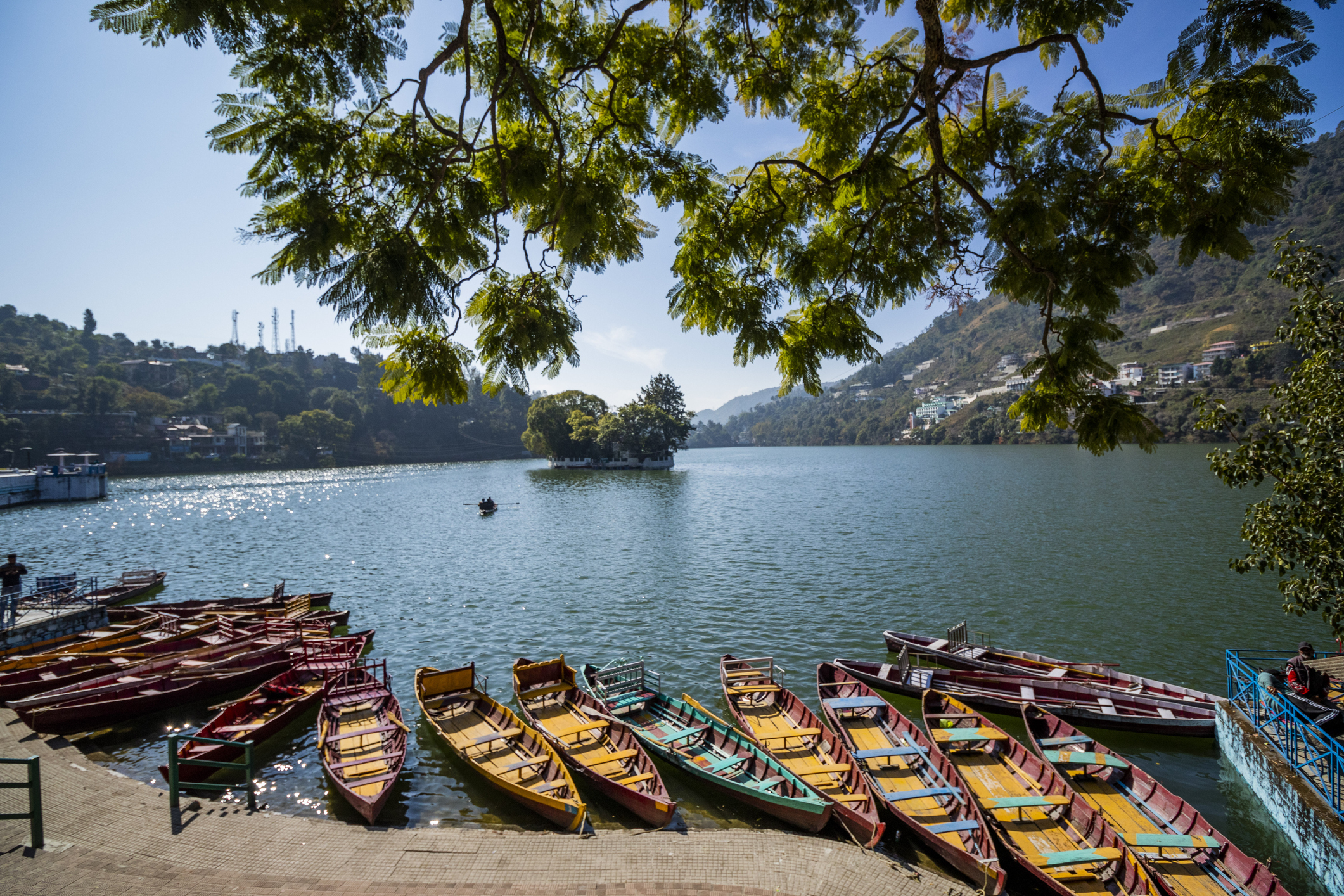Badrinath
- Home
- Badrinath
Badrinath Overview
Badrinath Dham
Badrinath Dham is one of the oldest of Hindu places of worship. On the right bank of the river Alaknanda lies the sacred shrine perched at an altitude of 3133 m above sea level, guarded on either side by the two mountain peaks Nar & Narain with the towering Neelkanth peak providing a splendid back-drop. Also known as the Vishal Badri, the largest among the five Badries, it is revered by all as the apt tribute to Lord Vishnu. he revered spot was once carpeted with wild berries which gave it the name ‘Badri Van’ meaning ‘forest of berries.’ Built by Adi Shankaracharaya, the philosopher-saint of the 8th century, the temple has been renovated several times due to damage by avalanches and restored in the 19th century by the royal houses of Scindia & Holkar. The main entrance gate is colorful & imposing popularly known as Singhdwar. References to Sri Badrinath have been made in the Vedas & perhaps it was a popular shrine during the Vedic age also. The Skanda Purana gives an accvount of the Adiguru consecrating the idol of Lord Badri Vishal in the temple after recovering it from Narad Kund, in a pursuance of a divine call from heaven.
Panch Badri: Badrinath is part of the Panch Badri pilgrimage circuit, which includes five sacred shrines dedicated to different forms of Lord Vishnu. The other four are Yogadhyan Badri, Bhavishya Badri, Adi Badri, and Vriddha Badri. Together, these temples form a significant religious circuit in Uttarakhand for devotees of Vishnu
Mana Village and Bhim Pul: As the last village on the Indian border, Mana Village holds great historical and mythological significance. The village is home to Bhim Pul, a large rock bridge over the Saraswati River, which is believed to have been placed by Bhim, one of the Pandavas. The village also features Vyas Gufa, where sage Vyasa is said to have composed the Mahabharata.
Surrounding Nature and Trekking: Badrinath is surrounded by breathtaking natural beauty, including snow-covered peaks, forests, and rivers. It is also a starting point for treks to scenic places like Satopanth Tal, a glacial lake surrounded by towering peaks.
Spiritual Atmosphere: The overall atmosphere of Badrinath is deeply spiritual. Pilgrims often meditate or perform rituals along the banks of the Alaknanda River, and the sight of the temple against the backdrop of snow-capped peaks provides a serene and divine experience
Best Time to Visit: The best time to visit Badrinath is between May and October, when the temple is open. The weather during this period is relatively pleasant, with temperatures ranging between 7°C and 18°C (45°F to 64°F). However, monsoons (July to September) can bring heavy rains and landslides, so caution is advised during this season
More Information..
By Train: The nearest railway station is Rishikesh, around 250 kilometers from Joshimath. Another nearby station is Haridwar, about 277 kilometers away. Both stations are well-connected to major cities like Delhi and are common starting points for travelers heading to Joshimath. From these stations, buses and taxis are available to take you to Joshimath.
By Road:
Joshimath is well-connected by road, and you can easily get buses or taxis from Rishikesh, Haridwar, or Dehradun. State transport buses and private taxis regularly ply the route to Joshimath. The drive offers scenic views of the mountains and river valleys.
The distance from Rishikesh to Joshimath is approximately 250 km, and it takes around 8 to 10 hours by road, depending on weather and road conditions

